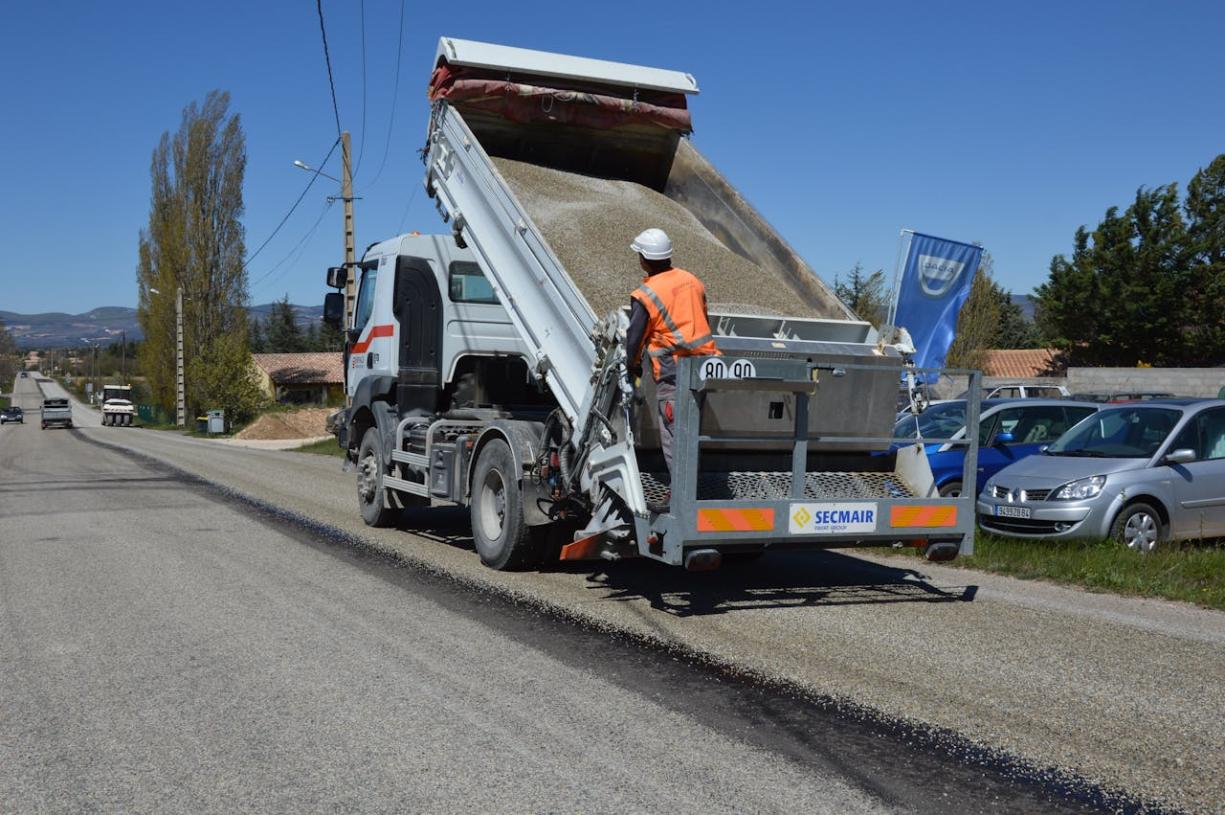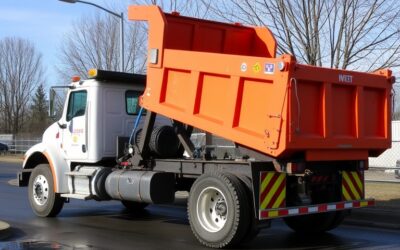Operating dump trucks safely is no easy feat, but Wink Anti-Tip Technology makes it achievable. Here’s how you can make the most of it. Our Technology is specifically designed to address this issue, providing real-time monitoring and automatic adjustments to keep your dump trucks stable. Whether you are managing a fleet of frameless dump trucks, roll-off dump trucks, or frame-type dump trucks, integrating our system can significantly improve safety and operational performance.
Understanding how to use our technology effectively is crucial for maximizing its benefits. This guide aims to provide comprehensive information on how to install, operate, and maintain this innovative system. Following these guidelines ensures that your dump trucks remain safe and stable under various conditions.
From the initial installation process to best practices for daily operation and essential maintenance tips, this guide will cover everything you need to know. With a particular focus on practical advice and straightforward instructions, this article is designed to help you get the most out of our technology. Let’s dive into each aspect of this essential safety system to enhance the safety and efficiency of your dump truck operations!
Understanding Wink Anti-Tip Technology
Think of Wink Anti-Tip as your dump truck’s safeguard—keeping it stable and secure, no matter the load or terrain. It achieves this by continuously monitoring the truck’s load and tilt angle using advanced sensors. When the system detects an imbalance or a risk of tipping, it automatically lowers the truck bed to stabilize the vehicle. This proactive measure helps to avoid accidents and ensures the safety of both the driver and the truck.
Our system’s core functionality revolves around real-time data collection and immediate response mechanisms. The sensors are strategically placed to capture the truck’s angle and weight distribution. The system’s control unit then processes this information, making instantaneous decisions to adjust the truck bed. By keeping the truck within safe operating parameters, our system minimizes risks and enhances the truck’s stability on various terrains.
Step-by-Step Installation Guide
Installing Wink Anti-Tip is straightforward but crucial. Here’s how to ensure you get it right from the start. Here is a step-by-step guide to help you through the installation:
- Preparation: Begin by gathering all the necessary tools and components needed for the installation. Make sure you have our kit, which includes the sensors, control unit, and wiring harness.
- Mounting the Sensors: Locate the appropriate positions to mount the sensors on the dump truck. Typically, these are placed on the truck bed and the frame to monitor tilt and load distribution. Secure the sensors firmly using the provided brackets and screws.
- Connecting the Wiring: Run the wiring harness from the sensors to the control unit. Ensure the wires are neatly organized and secured to prevent any damage or interference. Connect the wiring harness to the control unit following the color-coded instructions.
- Installing the Control Unit: Find a suitable location inside the truck’s cabin to mount the control unit. It should be easily accessible for the driver but out of the way to avoid accidental damage. Use screws or adhesive mounts to secure the control unit in place.
- Powering the System: Connect the power supply to the truck’s electrical system. Double-check all connections to ensure they are secure and properly insulated. Turn on the truck to ensure that our system powers up correctly.
- Calibrating the System: Once installed, the system needs to be calibrated. Follow the manufacturer’s instructions to calibrate the sensors and control unit. This step is crucial to ensure accurate readings and reliable performance.
By carefully following these installation steps, you can ensure that the our system is set up correctly, providing optimal safety and stability for your dump truck. Proper installation is key to getting the most out of this advanced safety technology, so take your time and double-check each step.
Best Practices for Operating with Wink Anti-Tip
Want to get the most out of Wink Anti-Tip? Follow these best practices for top-notch performance. Implementing these practices will ensure that your trucks run safely and efficiently.
- Regular System Checks: Before starting your day, always check the system to ensure it is functioning correctly. This includes verifying that the sensors are clean and intact, and that the control unit powers up without any error messages.
- Training Drivers: Proper driver training is crucial. Make sure all drivers understand how it works and how to respond to its alerts. Conduct regular training sessions to keep everyone updated on the latest best practices and any system upgrades.
- Safe Loading Practices: Ensure the load is evenly distributed to avoid cases where the system might get overwhelmed. Our system can handle imbalances, but practicing proper loading techniques will further enhance safety.
- Monitor Alerts: Pay attention to the system’s alerts. When a warning is issued, follow the recommended actions, such as lowering the bed or stopping the truck to reassess the situation.
- Avoiding Overloading: Never exceed the truck’s maximum load capacity. Overloading can strain the system and increase the chances of tipping, despite the technology’s best efforts to stabilize the truck.
By adhering to these best practices, you can ensure that Wink Anti-Tip functions effectively and keeps your operations running smoothly and safely.
Maintenance and Troubleshooting Tips
Keep Wink Anti-Tip running smoothly with these essential maintenance and troubleshooting tips. Follow these maintenance tips to get the most reliable performance from your system.
- Routine Inspections: Schedule regular inspections of the sensors and control unit. Look for signs of wear, damage, or dirt that could affect performance. Clean the sensors and make sure all connections are secure.
- Software Updates: Keep the system’s software up to date. Check for updates regularly and install them to ensure the system has the latest features and bug fixes.
- Sensor Calibration: Periodically recalibrate the sensors to maintain their accuracy. Follow the calibration process as outlined in the user manual to keep the system functioning optimally.
- Troubleshooting Common Issues: If you encounter issues like false alerts or the system not responding, first check the connections and wiring. Refer to the troubleshooting section of the manual, and if needed, consult customer support for assistance.
- Replace Worn Parts: Over time, some components may wear out and need replacement. Keep an inventory of essential spare parts and replace worn-out parts promptly to avoid disruptions.
By incorporating these maintenance and troubleshooting tips, you can extend the lifespan of the our system and ensure it continues to protect your dump trucks effectively.
How Wink Anti-Tip Technology Revolutionizes Dump Truck Operations
Understanding and utilizing Wink Anti-Tip Technology can significantly enhance the safety and efficiency of your dump truck operations. From learning how the technology works to following a step-by-step installation guide, implementing best operating practices, and maintaining the system, it’s clear that Wink Anti-Tip is a valuable addition to any fleet.
Ensuring regular maintenance and staying vigilant with troubleshooting ensures that the system remains in optimal working condition. Doing so protects your investment, enhances safety, and improves overall operational efficiency.
Consider integrating our dump truck tip-over prevention device into your dump truck operations today to fully realize the benefits. Visit Wink Anti-Tip to learn more about how our system can transform your fleet’s safety and performance!





